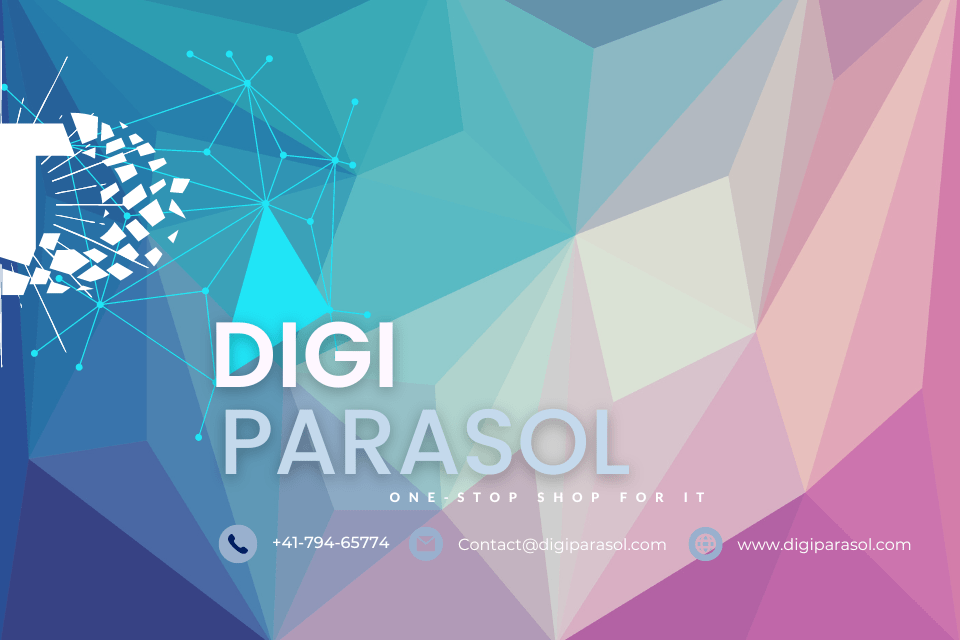In today’s ever-evolving educational landscape, it’s becoming increasingly important to cater to the diverse needs and learning styles of students. One way to ensure that every student reaches their full potential is by creating individualized learning paths for each student. This approach allows educators to tailor instruction to meet the unique needs of each student, ultimately leading to better outcomes and increased student engagement.
Benefits of Individualized Learning Paths:
1. Tailored Instruction: One of the key benefits of individualized learning paths is that it allows teachers to tailor instruction to meet the specific needs of each student. By understanding each student’s strengths, weaknesses, and learning preferences, teachers can create a personalized learning plan that caters to their individual needs.
2. Increased Engagement: When students are engaged in their learning and feel that their needs are being met, they are more likely to stay motivated and actively participate in the learning process. Individualized learning paths can help to keep students engaged by providing them with relevant and meaningful learning experiences.
3. Differentiated Instruction: Individualized learning paths can also help to ensure that students receive instruction at their appropriate level. By differentiating instruction based on each student’s needs, teachers can help to close learning gaps and ensure that all students have the opportunity to succeed.
4. Improved Learning Outcomes: Ultimately, individualized learning paths can lead to improved learning outcomes for students. By providing targeted instruction that caters to each student’s individual needs, educators can help students to reach their full potential and achieve academic success.
Tips for Getting Started:
1. Identify Student Needs: The first step in creating individualized learning paths is to identify the specific needs of each student. This may involve conducting assessments, reviewing previous academic performance, and gathering input from students themselves.
2. Set Clear Learning Goals: Once you have identified the needs of each student, it’s important to set clear learning goals for each individual. These goals should be specific, measurable, achievable, relevant, and time-bound (SMART) to ensure that students have a clear roadmap for success.
3. Personalize Instruction: Based on the needs and goals of each student, personalize instruction to cater to their individual needs. This may involve using a variety of teaching strategies, resources, and technology to support student learning.
4. Monitor Progress: Throughout the learning process, it’s important to monitor student progress and adjust instruction as needed. This may involve frequently assessing student understanding, providing feedback, and making modifications to learning paths as necessary.
Essential Equipment:
While creating individualized learning paths can be achieved with minimal equipment, there are some essential tools that can help to support this approach:
1. Technology: Technology can be a valuable tool for creating individualized learning paths, as it can provide students with access to personalized learning resources, online assessments, and interactive learning experiences.
2. Assessment Tools: Various assessment tools, such as diagnostic tests, formative assessments, and progress monitoring tools, can help to gather data on student performance and guide instruction.
3. Learning Management Systems: Learning management systems can help teachers to organize and deliver personalized learning content, track student progress, and communicate with students and parents.
In conclusion, creating individualized learning paths for every student can have a significant impact on student engagement, achievement, and overall learning outcomes. By tailoring instruction to meet the unique needs of each student and providing personalized learning experiences, educators can help students reach their full potential and succeed academically. With the right approach and essential tools, educators can effectively implement individualized learning paths in their classrooms and create a more personalized and effective learning experience for all students.


